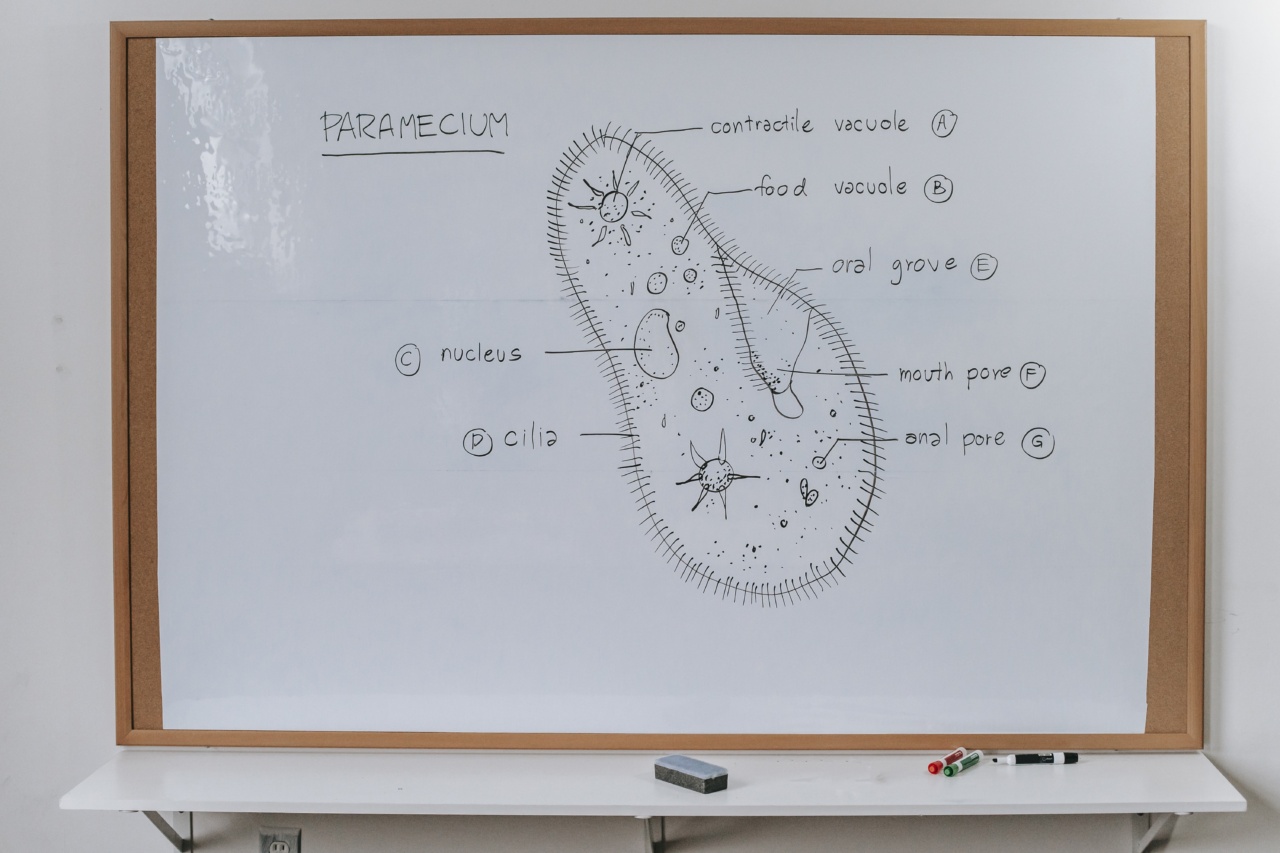In a groundbreaking study, scientists have successfully transformed skin cells into insulin-producing cells, offering hope for more effective treatments for diabetes.
This breakthrough could potentially eliminate the need for frequent insulin injections and revolutionize the management of this chronic condition.
The prevalence of diabetes
Diabetes is a chronic disease affecting millions of people worldwide.
According to the International Diabetes Federation (IDF), there were approximately 463 million adults living with diabetes in 2019, and this number is projected to rise to 700 million by 2045. Diabetes greatly impacts a person’s quality of life, as it requires constant monitoring of blood sugar levels and insulin administration.
The role of insulin
Insulin is a hormone produced by the pancreas that regulates blood sugar levels. In individuals with diabetes, the pancreas either fails to produce insulin (Type 1 diabetes) or the body becomes resistant to its effects (Type 2 diabetes).
This results in high blood sugar levels, which if left untreated, can lead to serious complications such as heart disease, kidney damage, and blindness.
Current treatments for diabetes
The current standard treatment for Type 1 diabetes is insulin replacement therapy, which involves multiple daily injections or the use of an insulin pump.
While this approach effectively manages blood sugar levels, it comes with the burden of constant monitoring and administration of insulin. Additionally, in some cases, traditional treatments may not adequately control glucose levels or prevent long-term complications.
Type 2 diabetes, on the other hand, is often managed through lifestyle changes such as dietary modifications, exercise, and oral medications. In some cases, insulin therapy may be required to achieve adequate blood sugar control.
A new approach
The recent study, conducted by researchers at [University/Organization Name], explored an innovative approach to diabetes treatment.
The scientists successfully reprogrammed skin cells, also known as fibroblasts, into insulin-producing cells using a technique called cellular reprogramming.
This breakthrough method involves altering the genetic makeup of cells, reprogramming them to switch their identity and function.
By introducing specific factors, the researchers were able to transform fibroblasts into functional insulin-producing cells.
The significance of this breakthrough
The ability to convert skin cells into insulin-producing cells offers immense potential for the treatment of diabetes.
If this process can be replicated and scaled up, it could provide a more accessible and long-term solution for managing both Type 1 and Type 2 diabetes.
Since the reprogrammed cells are derived from the patient’s own skin cells, there would be no risk of rejection by the immune system. This eliminates the need for immunosuppressive drugs commonly used in organ transplantation procedures.
Potential benefits for patients
If this breakthrough study progresses further, it could have several significant benefits for individuals living with diabetes:.
- Elimination of insulin injections: The development of insulin-producing cells from skin cells could potentially eliminate the need for frequent insulin injections, making diabetes management less intrusive and more convenient.
- Better blood sugar control: The reprogrammed cells have the potential to restore normal insulin production and regulation, leading to improved blood sugar control and reduced risk of diabetes-related complications.
- Reduced reliance on external insulin: For individuals with Type 1 diabetes, who rely on external insulin for survival, this breakthrough could offer a permanent solution and eliminate the constant need for insulin administration.
- Potential cure for Type 2 diabetes: As Type 2 diabetes is often associated with insulin resistance, the reprogramming of skin cells into insulin-producing cells could provide a potential cure by restoring the body’s ability to regulate blood sugar levels effectively.
- Prevention of insulin resistance: This breakthrough could also pave the way for new preventive strategies targeting individuals with prediabetes or at risk of developing Type 2 diabetes. By reprogramming cells at an early stage, it may be possible to prevent or delay the onset of the disease.
The road ahead
While the conversion of skin cells into insulin-producing cells represents a significant advancement in diabetes research, there are still several challenges to overcome before this technique can be applied in a clinical setting.
Further studies are needed to optimize the reprogramming process and ensure the safety and efficacy of the transformed cells.
The scalability and cost-effectiveness of the technique also need to be addressed to make it accessible to a larger population.
Moreover, extensive clinical trials will be required to evaluate the long-term effects and safety of the reprogrammed cells in humans.
These trials will help determine the optimal conditions for the conversion process and identify any potential side effects or complications.
Conclusion
The conversion of skin cells into insulin-producing cells represents a groundbreaking achievement in diabetes research.
This innovative approach offers hope for a future where individuals with diabetes can enjoy improved quality of life, free from the burdens of constant insulin administration and blood sugar monitoring.
While there are still challenges to overcome and further research needed, this breakthrough study brings us one step closer to more effective treatments and potentially even a cure for diabetes.






























